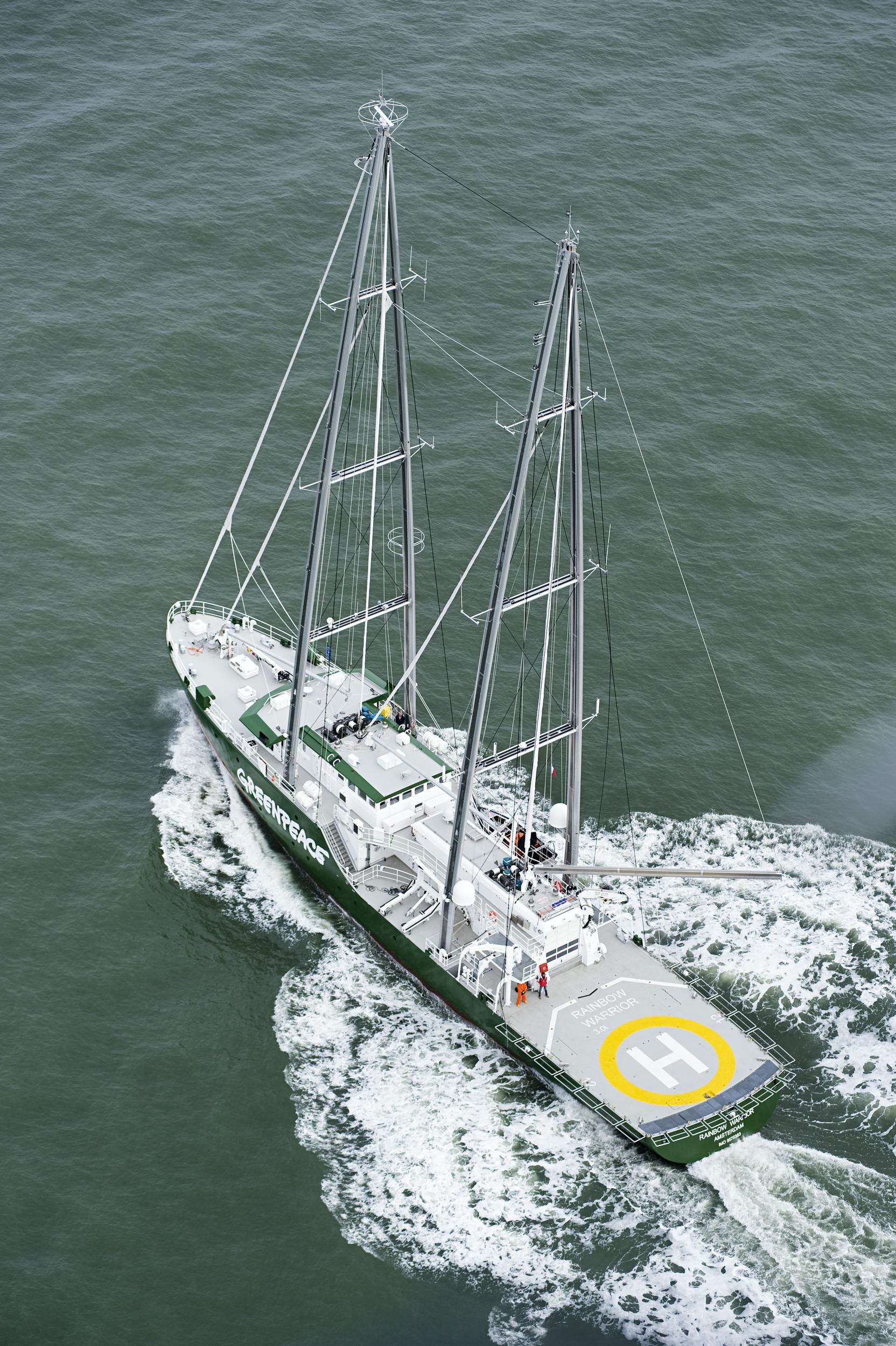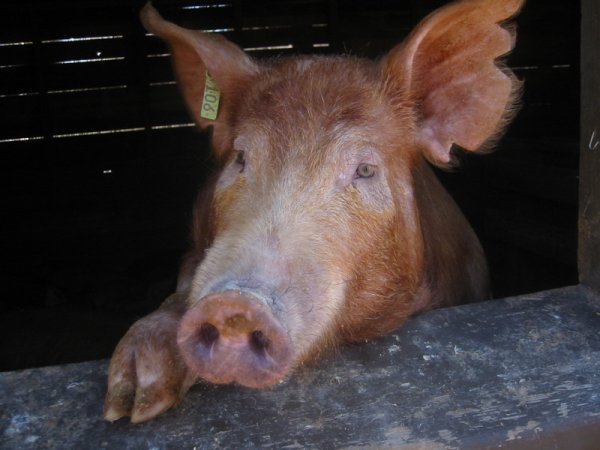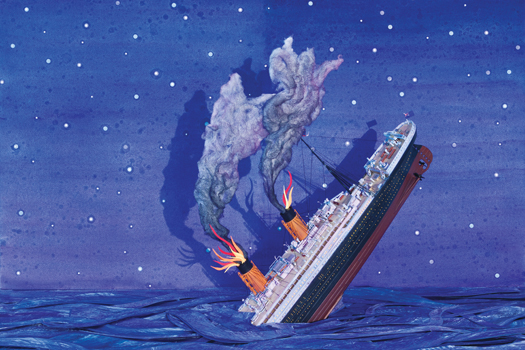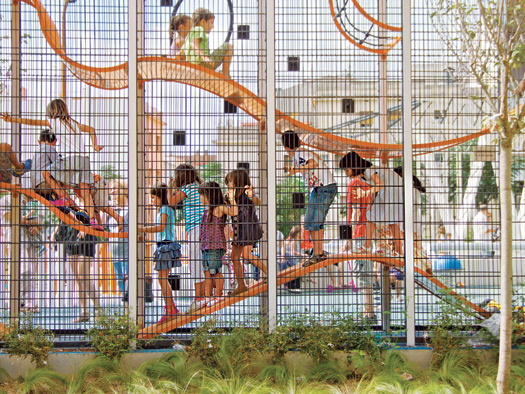

Greenpeace’s fleet of campaign ships has gained a member: the new and improved Rainbow Warrior. Hippie name aside, the boat is pretty darn cool, with unusual A-frame masts that reach 177 feet (nearly the length of the ship) and sails that measure 13,520 square feet. With this setup, the Rainbow Warrior can reach speeds of 14 knots, or around 16 mph.
The 190-foot yacht is the third of its name, and the first built specifically for the environmental group. Greenpeace launched the first Rainbow Warrior, a converted fishery research vessel, in 1978. That boat met a violent end seven years later when French foreign intelligence agents bombed it in Auckland, New Zealand’s harbor, killing a Greenpeace photographer. The second Rainbow Warrior, a converted trawler, launched in 1989. It retired last August after 22 years in service.
The new $32-million ship was funded entirely by private donations from some 100,000 supporters. According to Greenpeace, it is one of the greenest ships of its class, relying primarily on wind power.
Greenpeace will use the ship to carry out campaigns against what the organization calls environmental crimes, like whaling and shipping timber from rainforests. Greenpeace will also use the ship—as well as its two existing ships, which are both icebreakers—to give free rides to scientists conducing climate-related research (Greenpeace has no editorial control over the work). The Rainbow Warrior can carry nearly nine tons of scientific equipment.
In late January, the ship finished its 18-day cross-Atlantic maiden voyage from Europe, where it was built, arriving in New York City for a series of educational pit stops. Today, it’s in Baltimore. After that, it’s headed to North Carolina and Florida. And then, the ship and crew will embark on their first mission together: a campaign against climate change in the Brazilian Amazon.
























